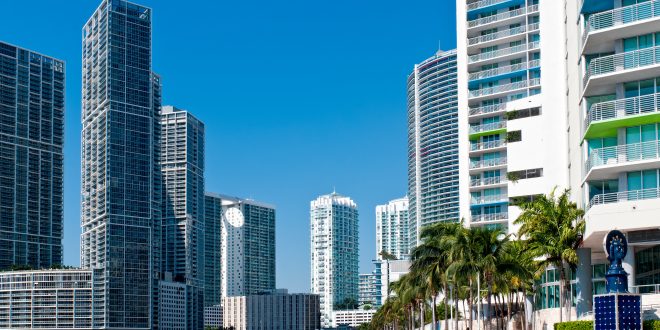According to the Toronto census, Toronto now has a population of over 6 million people, accounting for roughly 17% of Canada’s population. Toronto city planners, using the Toronto Official Plan adopted by City Council in 2002, expect the Greater Toronto Area population to increase by at least 2.7 million residents by the year 2031.
In other words, take the current population of Ottawa, then triple it, then add it to the current population of Toronto.
Where are nearly 3 million persons (the plan allocates 537,000 persons to Toronto) going to live and work in the GTA? The Ontario Ministry of Municipal Affairs and Housing has been working on this very issue for years. The message that policy makers are getting across is loud and clear. The picture below comes from the Ontario land use plans. Note the area bounded by the Lake and green borders:

The plan is basically as follows: Minimize disruption to any green areas and allow for “intensification” of existing grey areas. Intensification basically is exactly what it sounds like: putting more families in existing built-up areas. Maybe this bears repeating. Almost 3 million more residents within the boundary created by Lake Ontario and the “green” plans in the span from early 2000 to 2031. Do all the construction cranes make better sense now?
The push for intensification in the Provincial Policy Statement carries through in the Toronto Official Plan. The plan notes that the majority of growth stemming from changes in land use designation over the next 30 years will occur over 25% of land, with the remaining 75% of land expected to mature and strengthen.
CondoNow provides unbiased and exclusive access to search and compare over 500 new condo developments in Toronto and the GTA. A bird’s-eye map view of Toronto confirms the concentration of projects in certain areas of the city:

Prime global residential prices in Canadian dollars per square foot:
| London | $3,636 |
| New York | $3,272 |
| Paris | $2,000 |
| Tokyo | $1,482 |
| Toronto | $1,225 |
Consider this too: there’s a strong correlation with property prices and population density.
Chief Planner of the City of Toronto, Jennifer Keesmaat, discussed population density (densification) for Toronto at a recent event. Her presentation pointed out that Toronto (density 4,150 people per square km.) still has a long way to go to get to population densities seen in London (density 5,432 people per square km.), or New York (density 10,756 people per square km.), or Paris (density 21,498 people per square km.)
Toronto is not the most expensive city in the world in which to buy property, nor is it the most expensive city to live in. A global investor would certainly take relative valuations into a comparison model to come to a conclusion.
- There is a global, long-term, gradual movement of people towards city life.
- Toronto is on an elite list of global cities as mentioned above and here and here and here.
- The Toronto Official Plan is to support population growth and minimize urban sprawl.
- Toronto population growth is expected to remain favourably positive over the next 15 years.
- Toronto is on an overall growth trajectory, remaining above the provincial average and well above all other regions in the province.
- The investment outlook for Toronto property investment remains favourable with the planned growth outlook.
 StoryLine By CondoNow
StoryLine By CondoNow




